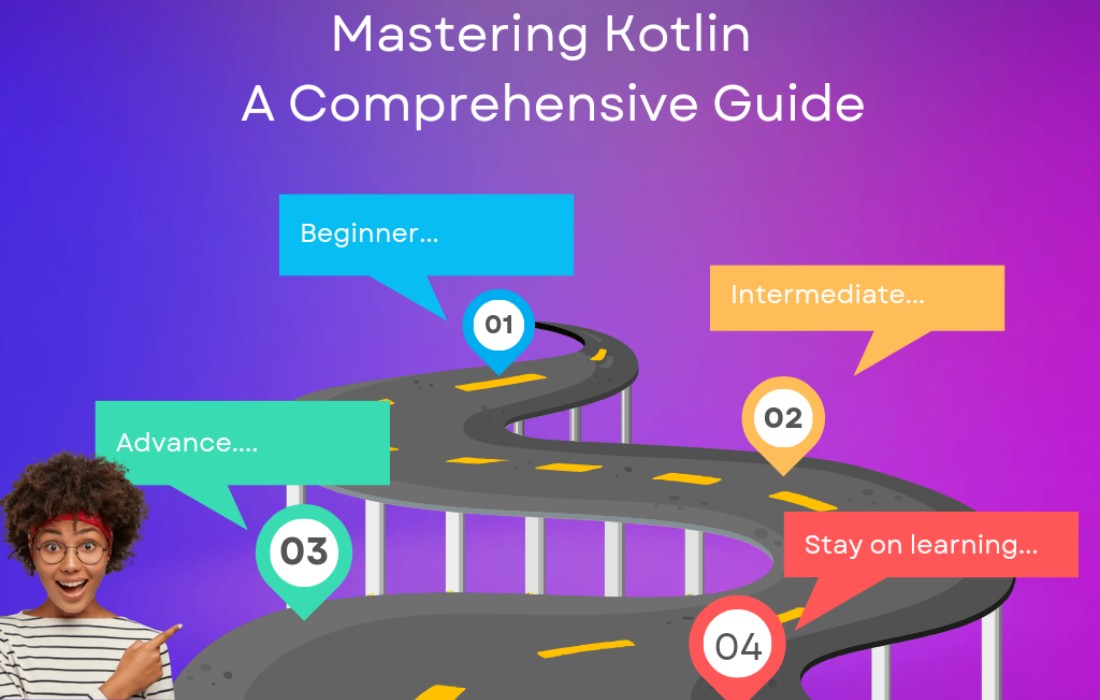Introduction
In programming, especially when modeling data or managing state, we often encounter situations that require more than binary states (true or false). Enums and sealed classes in Kotlin are powerful constructs designed to represent a fixed set of states, whether these states denote server responses, user options, or something entirely self-defined. This blog post will explore both enums and sealed classes in Kotlin, demonstrating how to create, use, and understand their unique capabilities.
Enums in Kotlin
Kotlin provides a concise way to define enumerated types using enum class. Unlike traditional boolean values, enums allow us to specify multiple constant values within a defined scope. Here’s a basic example of defining enum types in Kotlin:
You can use this enum in other classes or functions seamlessly:
Class Features
Kotlin enums come with several class features:
- Constructors: Enums can take parameters, allowing for richer data representation:
- Functions: Enums can implement additional functions and override methods like
toString()for custom behavior. - Common Properties: Each enum constant has default properties like
name(the defining name) andordinal(the index position). - Exhaustive
whenStatements: Usingwhenwith enum classes allows exhaustive checks without needing anelse.
Sealed Classes in Kotlin
Sealed classes introduce another layer of flexibility for modeling data. A sealed class hierarchy enables restricted inheritance, allowing only specific subclasses to be defined in the same file.
Basic Declaration
You declare a sealed class using the sealed keyword:
Sealed classes are beneficial because they allow for multiple instances of subclasses rather than singleton instances, as seen with enums.
Exhaustive when
Just like enums, sealed classes support exhaustive when cases, which provide compile-time guarantees that all subclasses are accounted for in your logic.
This capability makes sealed classes particularly useful in UI states and API responses, where you want to handle various conditions effectively.
Practical Scenarios
Scenario 1: Valid and Invalid Data Responses
Sealed classes can model API responses that contain valid or error states:
Scenario 2: UI State Management
In UI development (e.g., Kotlin/Android), use sealed classes to represent different view states:
This approach allows you to represent loading, success, and error states consistently and clearly.
Limitations and Considerations
- Enum classes cannot inherit from other classes nor be extended, while sealed classes can provide additional flexibility.
- Subclasses of a sealed class must be defined in the same file, while enums maintain fixed constants.
- Consider using sealed classes when dealing with complex data structures or requirements that demand clear error handling and state management.
Conclusion
Both enums and sealed classes in Kotlin provide robust ways to define and manage states within your applications. By understanding the features and appropriate use cases for each, developers can write cleaner, more maintainable code that adheres to the principles of object-oriented programming. Whether you need fixed constants or a more flexible class hierarchy, Kotlin has you covered!
Feel free to explore, experiment, and apply these concepts in your Kotlin projects!












